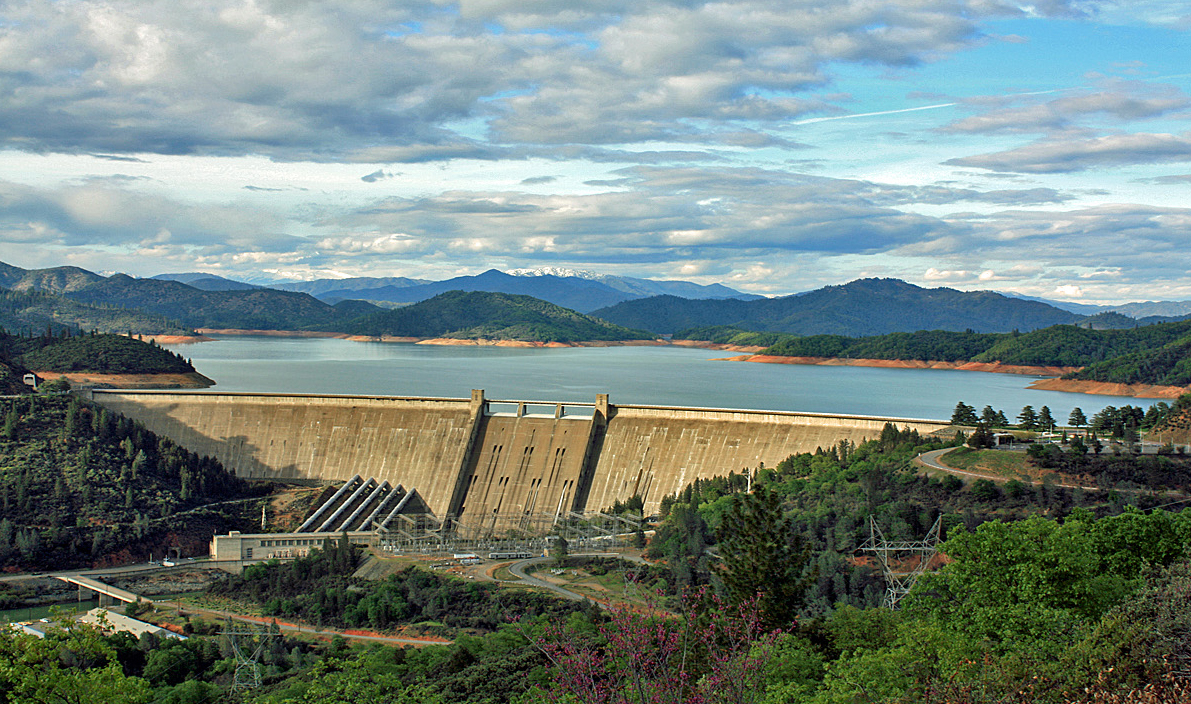In the century-long “us-versus-them” mentality of California water, a plan released by Gov. Gavin Newsom’s Department of Water Resources last week achieved something perhaps never accomplished before in the Golden State’s water industry.
It incited universal scorn.
First, as is always the case, some recent history on California’s water infrastructure.
Much of California’s surface water – that is, water captured from rainfall, stored in dams and reservoirs, and transported via canals and aqueducts – is delivered via two massive projects: the Central Valley Project, operated by the U.S. Department of Interior’s Bureau of Reclamation, and the State Water Project, operated by the State of California’s Department of Water Resources.
Since the construction of these two projects, state and Federal water managers have managed pumping of water from the Sacramento-San Joaquin Delta in a coordinated manner, aided by environmental guidelines known as “biological opinions” – which spell out how operations can mitigate impacts on endangered species.
Such species include the infamous two-inch delta smelt.
In 2020, following four years of development by Reclamation, the U.S. Fish and Wildlife Service, and the U.S. National Marine Fisheries Service, new biological opinions governing the Central Valley Project were adopted by the Trump administration.
The adoption of those guidelines coincided with a Bakersfield visit by President Donald Trump in February.
It also touched off a new era in California’s water wars.
Last week, Newsom’s administration released its answer to the biological opinions in the form of an “incidental take permit” for the State Water Project.
The permit similarly lays out environmental guidelines for pumping water out of the Delta under the auspices of the California Endangered Species Act (which, for purposes of the Delta, designates one additional species of fish as endangered).
A key element of the permit is the change in who holds final authority over pumping for the State Water Project.
Prior to the permit’s issuance, the Department of Water Resources – in coordination with the Bureau of Reclamation – held that power.
Now, the state’s Department of Fish and Wildlife hold the reigns.
The permit “[g]ives DFW final decision-making authority to restrict operations that harm endangered species,” a PowerPoint presentation issued to state legislative staffs reads.
In broader terms, the divergent directions taken by the Federal biological opinions and state incidental take permit serve as the end of coordinated water management of the Delta between state and Federal water agencies and likely the beginning of a costly turf war.
For environmentalists, on whose support Newsom has generally relied, an expression of disappointment rang out following the release of the plan for failing to enact sufficiently restrictive Delta management practices for the benefit of endangered species.
The Natural Resources Defense Council, among the leading environmental groups angling for additional measures to increase flows to the Pacific Ocean and restrict pumping south of the Delta, chimed in with its own opposition.
“While the State’s permits are not identical to the Trump Administration’s plan for extinction, they share many of the same problematic elements,” NRDC’s California water expert Doug Obegi penned in a blog.
“These [endangered] species have been declining precipitously in recent decades due to unsustainable water management in the Bay-Delta, and this permit will make things worse.”
In total, State Water Project users estimate California’s new plan will cost approximately $200 million over its 10-year lifespan and send roughly 200,000 acre-feet of water to the Pacific Ocean annually.
Unsurprisingly, the proposal was pilloried by the State Water Contractors, a consortium of water agencies spanning from Santa Clara County to San Diego County that utilizes State Water Project as its surface water source.
“The SWC and its member agencies do not support the permit conditions, which fail to incorporate the best available science, burden ratepayers with obligations far exceeding the impacts of water operations and will make compliance with the Sustainable Groundwater Management Act and climate change adaptation substantially more difficult,” the group’s general manager Jennifer Pierre said after the permit was announced.
It appears that the bulwark for a legal challenge is slowly emerging from the State Water Contractors – led by its single largest member: the Metropolitan Water District of Southern California.
Meanwhile, a collection of California congressman chimed in on Tuesday with a letter to Newsom decrying California’s move to fracture cooperative water management.
“This unprecedented action threatens to send the operations of the State Water Project and the Federal Central Valley Project into a downward spiral of conflict, confusion, and litigation,” the letter, signed by House Minority Leader Kevin McCarthy (R–Bakersfield) and Reps. Devin Nunes (R–Tulare), Ken Calvert (R–Corona), Tom McClintock (R–Elk Grove), Doug LaMalfa (R–Oroville), and Paul Cook (R–Apple Valley) reads.
The Congressmen noted that the plan has its own repercussions for another of Newsom’s top water priorities: so-called “voluntary agreements” tied to restoring fish populations in the Delta.
The agreements, based on a preliminary framework released by the Newsom administration, would cost water users an additional 900,000 acre-feet in most years – other than critically dry or wet years and more than $2 billion.
Despite the jockeying over Newsom’s other water initiatives, it appears that – for now – litigation will likely serve as the first phase in this new era.











